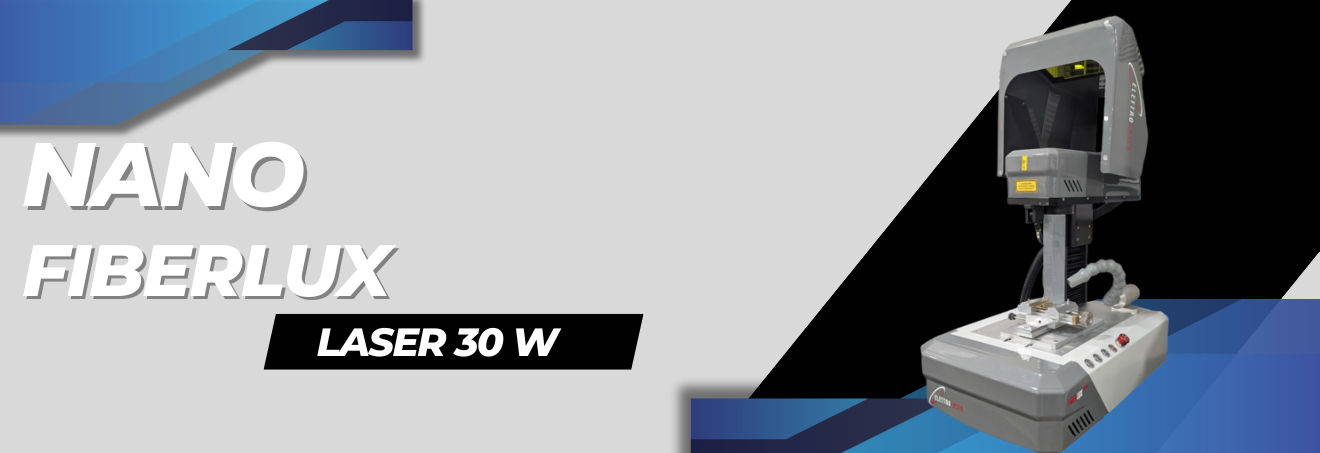Laser Marking and Cutting: Solutions for Industry and Jewelry Workshops

The use of lasers for marking and cutting offers numerous advantages in both industrial and artisanal settings. This technology delivers exceptional speed, accuracy, and precision, outperforming traditional tools.
Widely adopted across various production sectors, laser technology has become increasingly accessible and versatile. It caters to the needs of both small laboratories and and jewelers alike plants processing several pieces daily. The key is selecting the right tool that balances power, ease of use, and space availability to meet your specific requirements.
How Laser Marking Works:
Using lasers (an acronym for "light amplification by stimulated emission of radiation") for marking objects enables the creation of incisions that are impossible to achieve with traditional methods like scratching or pantographs.
The laser beam is directed onto a very small area of the object, heating it intensely and precisely, which removes a limited amount of material. This controlled transfer of energy, in the form of heat, allows for quick and accurate surface engraving. The technique enables the creation of small-diameter, deep engravings. By adjusting the laser's power and exposure duration, you can achieve varying depths without damaging the object.
By utilizing this principle, it is possible to engrave various metals and even some plastic materials with high precision and unique aesthetic results. Special software precisely controls the laser's power and intensity, enabling the creation of bas-reliefs (3D reliefs) of different thicknesses or photo-engraving objects with images or photographs.
Lasers can also be used for cutting. Repeated passes of the laser beam over the same area gradually remove the material. This method produces extremely precise cuts, as only a minimal amount of material is removed with each pass.
Laser engraving is a surefire way to add a touch of personalization to whatever metal you're engraving. Whether it's a ring, a dog-tag, bracelet or pendant, these quality laser engravers from Italy will get the job done right!

Comments
Leave A Reply
Your email address will not be published.